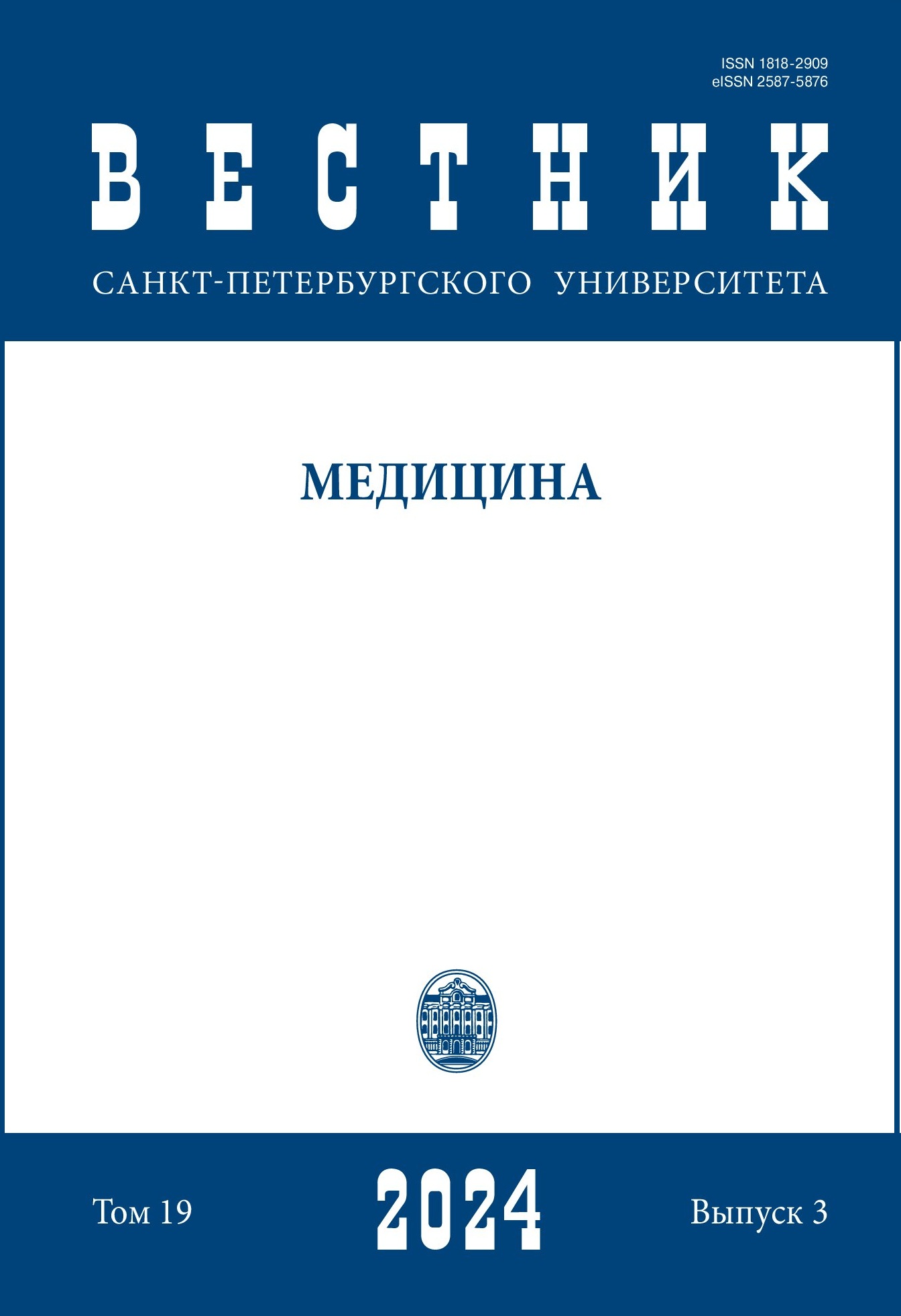Антибиотикорезистентность и новые антимикробные стратегии: изучение проблем устойчивости к антибиотикам и разработки новых лекарственных средств
DOI:
https://doi.org/10.21638/spbu11.2024.306Аннотация
Устойчивость к антибиотикам представляет собой серьезную глобальную угрозу для эффективности антибактериальной терапии и здравоохранения в целом, требуя немедленного внимания со стороны исследователей, медицинских работников и фармацев-тических компаний, а также государственных организаций. В данном обзоре подробно рассматриваются основные механизмы антибиотикорезистентности, такие как эффлюксные насосы, ферментативная инактивация антибиотиков, изменения в клеточных мишенях и биопленки, которые играют ключевую роль в защите бактерий от внешнего воздействия, способствуя их выживанию. Также обсуждаются альтернативные стратегии разработки новых антимикробных препаратов, направленных на преодоление этих механизмов и предотвращение дальнейшего распространения устойчивости. Особое внимание уделяется инновационным подходам, таким как фаготерапия, использование антимикробных пептидов, наноантибиотиков, методов иммунной терапии и технологий CRISPR-Cas, открывающих перспективы для преодоления резистентности. Рассматриваются новые препараты, требующие дальнейшего изучения их эффективности, взаимодействия с бактериями, обсуждается использование биоматериалов и наночастиц для доставки. В настоящем обзоре анализируются возможные пути улучшения эффективности клинических испытаний новых препаратов. Подчеркивается важность привлечения частного и государственного финансирования для поддержки исследований.
Ключевые слова:
антибиотикорезистентность, новые антимикробные стратегии, антибиотики, механизмы резистентности, фаготерапия, антимикробные пептиды
Скачивания
Библиографические ссылки
References
Загрузки
Опубликован
Как цитировать
Выпуск
Раздел
Лицензия
Статьи журнала «Вестник Санкт-Петербургского университета. Медицина» находятся в открытом доступе и распространяются в соответствии с условиями Лицензионного Договора с Санкт-Петербургским государственным университетом, который бесплатно предоставляет авторам неограниченное распространение и самостоятельное архивирование.




